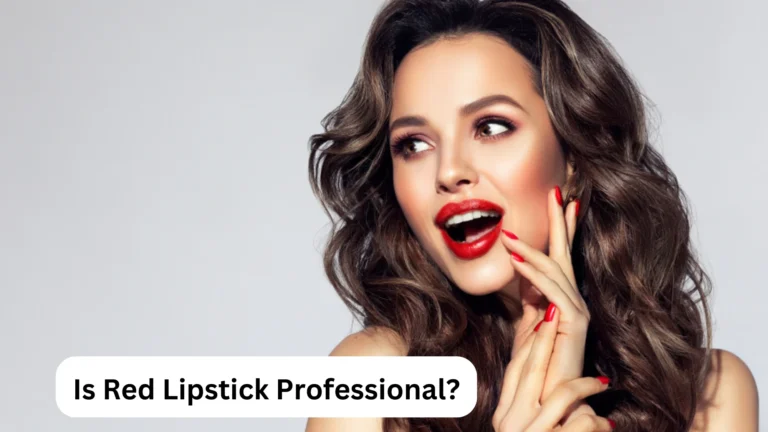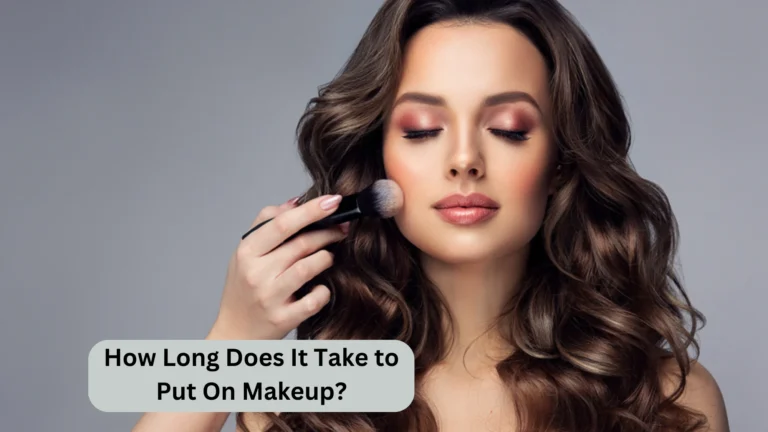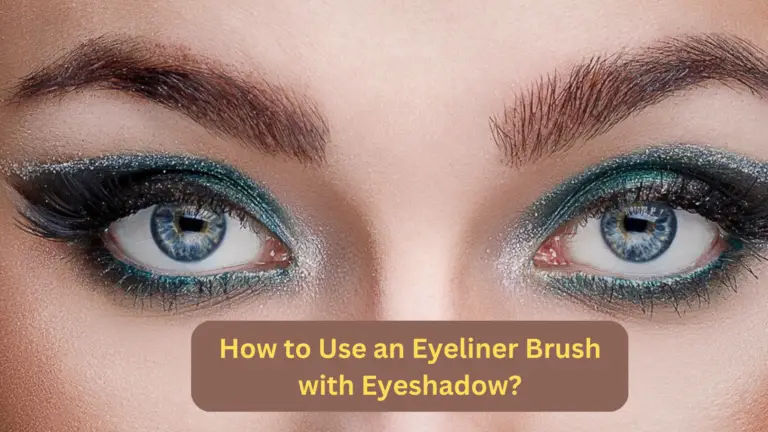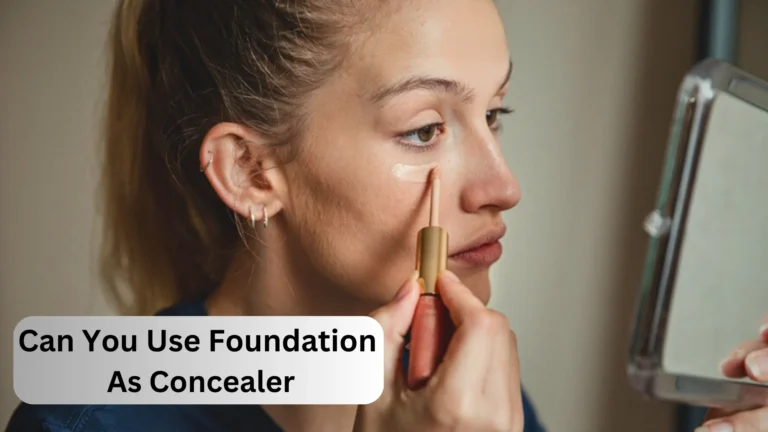Does the Color Corrector Go On Before Concealer? Here’s What Experts Say!
When it comes to applying makeup, many people wonder about the correct order of products. One common question that arises is, does the color corrector go on before concealer?
Experts recommend applying a color corrector before concealer. Color corrector is typically used to fade areas of discoloration on the skin. By applying color corrector first, you can target these areas more precisely and create a more even base for your concealer.
In this article, I will explain the proper sequence for applying color corrector and concealer. So, let’s get started!
Does the Color Corrector Go On Before Concealer?

When it comes to applying color corrector and concealer, the order in which you apply them can make a significant difference in the end result. Generally, it’s best to apply a color corrector first and then concealer. There’s a valid reason behind this order.
Color correctors are used to neutralize specific color issues on the skin, such as redness, dark circles, and hyperpigmentation. They come in shades that are opposite to the color you want to correct. Concealers, on the other hand, are used to cover blemishes, dark circles, and other imperfections.
By applying color corrector first, you’ll neutralize any color issues on the skin before layering on concealer. This means you’ll need less concealer to cover up dark spots, which will result in a more natural-looking finish. Additionally, if you apply concealer first, you can end up rubbing it off while applying color corrector over it, which can create an uneven and patchy finish.
Does Color Corrector Go On Before Primer?
It is recommended to apply a color corrector after a primer. The purpose of a primer is to create a smooth base for your makeup and help it last longer. By applying color corrector before primer, you may end up blending away some of the color-correcting effect, as the primer can dilute the color corrector or cause it to move around on your skin.
Additionally, some color correctors may have a thicker consistency that can affect the smooth application of your primer. By applying primer first, you ensure that your skin is smooth and primed for makeup, and then you can use color correctors to target specific areas where you want to neutralize discoloration.
Does Color Corrector Go On Before Or After Foundation?
Color corrector should be applied before foundation. The purpose of color correctors is to neutralize any discoloration or unevenness in the skin tone before applying foundation. By doing so, you can create a more even base for your foundation to sit on and help the foundation to look more natural.
To use color correctors, you should first apply a small amount of the corrector onto the area you want to correct, such as redness, dark circles, or discoloration. Use a small brush or your finger to blend the corrector into your skin until it is fully blended. Then, apply your foundation as you normally would on top of the color corrector.
Keep in mind that “a little goes a long way” when it comes to color correctors. Use them sparingly and blend them well to avoid any cakiness or patchiness on the skin.
You Might Also Like: Can You Use Foundation As Concealer?
How to Use Color Corrector Under Eyes?

Color correctors can be an effective solution to counteract dark circles under your eyes. Here are some steps on how to use color corrector under your eyes:
- Depending on your skin tone and the darkness of your under-eye circles, you may need a different color corrector. Generally, peach or orange shades work well for medium to dark skin tones, while pink or salmon shades are better for fair to light skin tones.
- Squeeze a small amount of color corrector onto your fingertip or a makeup brush. You only need a tiny amount, as a little goes a long way.
- Gently tap or pat the color corrector onto the areas of your under-eye circles that are darkest. Use your fingertip or a small, flat brush to blend the color corrector until it’s evenly distributed.
- Once the color corrector has been blended in, apply concealer over the top to further conceal any dark circles. Use a light, tapping motion to apply the concealer, being careful not to rub or pull at the delicate skin around your eyes.
- To ensure your color corrector and concealer last all day, set them with a translucent powder. Apply the powder lightly with a brush to avoid caking or creasing.
What is the Order of Applying Makeup Products?
The order of applying makeup products may vary depending on the specific products being used, here’s a general guideline:
- Skincare
- Primer
- Color corrector
- Concealer
- Foundation
- Setting Powder
- Bronzer, blush, and highlighter
- Eyebrows
- Eye makeup
- Lipstick or lip gloss
Now let’s look at the correct order of makeup products you should apply to your face.
- Start with a clean, moisturized face. Apply any skincare products, such as toner, serum, or eye cream, before makeup.
- Apply primer to create a smooth base for makeup and help it last longer.
- Now, apply a color corrector to remove any discoloration, such as dark circles, redness, or sallowness.
- Use concealer to cover any blemishes, dark circles, or other imperfections. Apply after foundation to avoid moving the foundation around.
- Apply foundation to even out skin tone and provide coverage. Use a brush, sponge, or fingers to blend it into the skin.
- Set your foundation and concealer with a powder to help it last longer and reduce shine. Use a brush or sponge to apply powder lightly over the face.
- Apply bronzer to the areas where the sun would naturally hit the face, such as the forehead, cheeks, and nose. Apply blush to the apples of the cheeks, and highlighter to the high points of the face, such as the cheekbones and brow bones.
- Apply eyeshadow, eyeliner, and mascara to enhance your eyes. Start with eyeshadow, then apply eyeliner and finish with mascara.
- Apply lipstick or lip gloss to complete your look. Don’t forget to set your makeup with setting spray.
Final Words
To sum up, the order in which you apply color corrector and concealer can depend on your personal preference and the specific needs of your skin. However, generally, it is recommended to apply color corrector before concealer to effectively neutralize any discoloration on the skin. By applying color corrector first, you can achieve a more even and natural-looking complexion. Nevertheless, it’s essential to remember that makeup is subjective, and what works for one person may not work for another. Therefore, experimentation and practice can help you discover the best approach that works for your skin type, tone, and texture.







